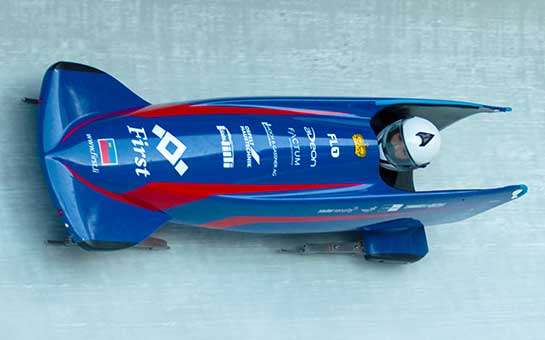Bobsledding is a game against Newton’s law of gravity, and only those who can master their way around it have a chance at winning. If you’re going on vacation and have any thoughts of bobsledding, get travel insurance for bobsledding now so you can concentrate on the track and not have to worry.
Travel Insurance for Bobsledding
Insurance is a security blanket for when things go wrong, but standard travel insurance plans do not cover the many risks inherent in hazardous or extreme sports. It would be better to purchase bobsledding travel insurance. Bobsledding is a high-risk sport, and this insurance will help cover the treatment cost of any medical injuries you might sustain, even at competitive levels.
It is vital to notice the fine lines in travel insurance policies that exclude most of the hazardous activities from coverage. Make sure to read your certificate wording so you know what’s covered, and then you can choose your preferred plan and get ready for some fun (and insured) sledding.
Bobsledding Basics
Bobsledding is the fine art of escaping gravity for a few moments, and the adrenaline rush is one of a kind. Olympic bobsledding bronze medalist Jamie Greubel Poser defined it as an impact sport. Rightfully so—you’re hurtling downhill at 80 to 90 miles an hour (about 130–145 kilometers per hour) in a sleigh that weighs between 900 and 1400 pounds (between roughly 410–635 kilograms).
In this team winter sport, participants ride in a sled on a downhill snow track. It all begins with the first push; the bobsledders push their sled along with a running start and jump in before the track begins tilting downward. The momentum from this first burst of acceleration propels the sled to the finish line. In a two-man bobsledding race, the pilot into the sled first, followed by the brakeman.
Meanwhile, the intricate choreography of a four-man race is immensely difficult to master and takes years to get right. At the front of the sled, the pilot has two cables with D rings used to steer the front axle. The remaining three crewmen duck down to stay motionless and not hinder the speed.
The pilot is responsible for maneuvering the bobsled through the icy tracks and taking turns at breathtaking speeds. Once the sled reaches the finish line, the brakeman slowly brings it to a halt. Training for bobsledding requires sprinting with heavyweights to build a strong yet agile body.
Risks of Bobsledding
Bobsledding is a Winter Olympic sport that requires stamina and agility; one small error could have grave consequences. Bobsledding travel insurance can help cover all injuries caused by this hazardous sport, unlike standard travel insurance plans.
Everyone participating in any extreme sport is aware that it comes with risks that no amount of precaution can totally prevent. Bobsledding is among the most dangerous winter sports for more than one reason.
- The crew members of the bobsled wear special shoes with 4 mm spikes for good traction during the initial sprint. However, these spikes are sharp, and teammates often get scratched while a crew member climbs into the sled.
- The speed of the sled is immense, and the crew endures a crushing gravitational force of 5 times their weight. This force vibrates the body and causes strain on the muscles that can often require medical assistance.
- In case of a crash, the driver is at most risk of head injuries, while the others could suffer abdominal and neck injuries as well as broken bones.
- Bobsledding has been compared to Formula 1 racing on ice. The sheer speed can cause ice burns like car racing causes friction burns.
